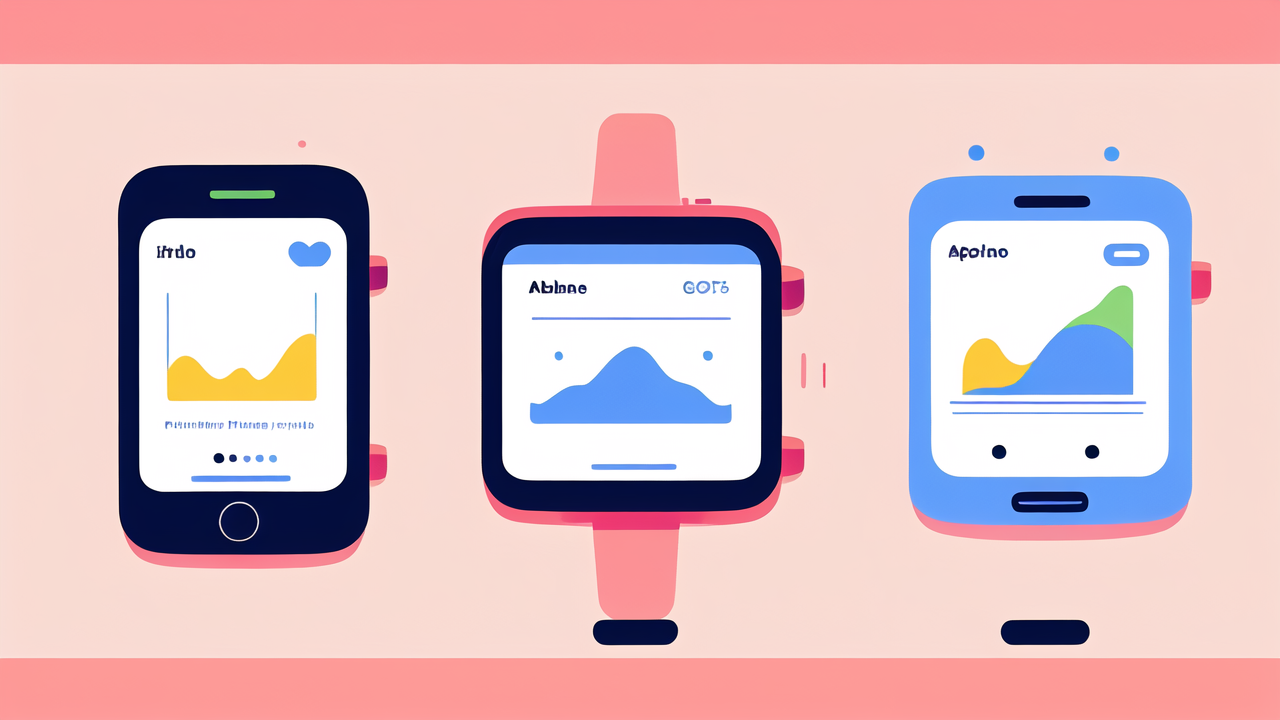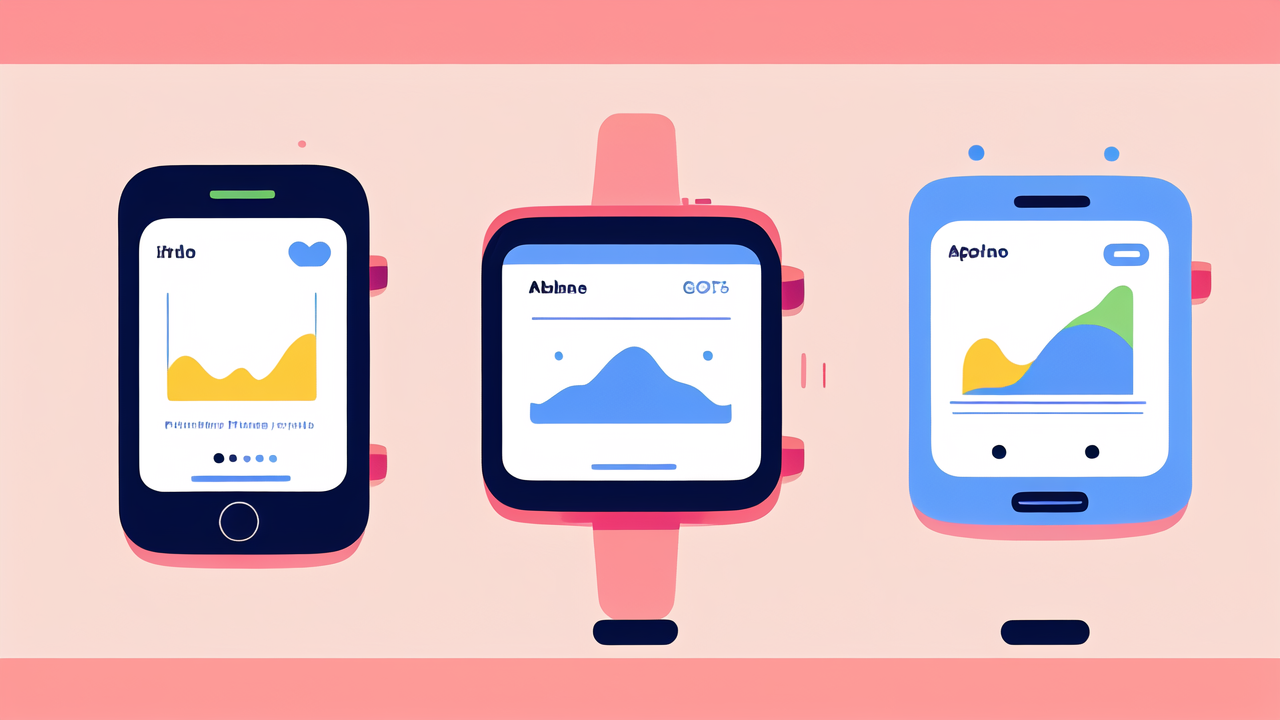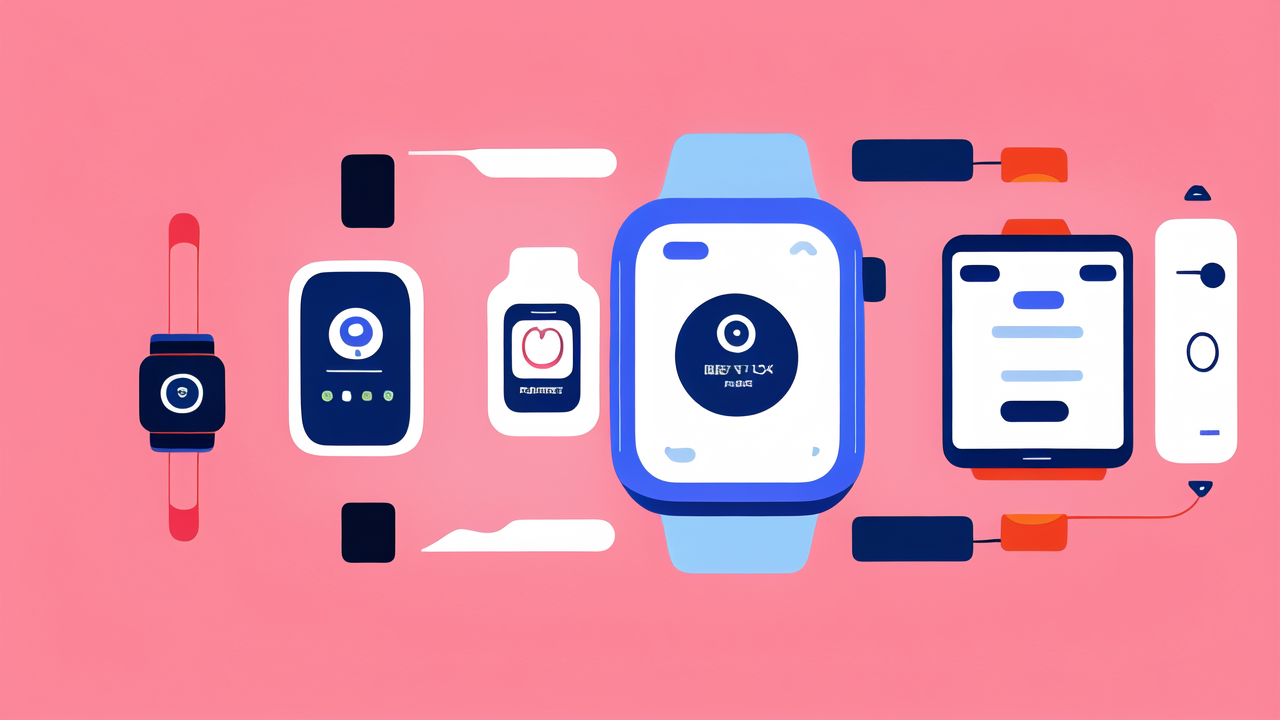Understanding the Fitness Tracker Ecosystem
The Evolution of Fitness Tracking Technology
Fitness tracking tech has come a long way. It started with simple pedometers. Now, we have smart watches that do much more. Early devices just counted steps. Today's trackers monitor heart rate, sleep, and even stress levels.

The first digital fitness trackers appeared in the early 2000s. They were basic and bulky. Over time, they got smaller and smarter. Now, they're sleek and packed with features. Many can even show notifications from your phone.
The rise of smartphones played a big role in this evolution. It allowed trackers to sync data easily. This made tracking progress and setting goals much simpler for users.
Key Features of Modern Fitness Trackers
Modern fitness trackers offer a wide range of features. Here are some key ones:
- Step counting and distance tracking
- Heart rate monitoring
- Sleep tracking
- GPS for route mapping
- Calorie burn estimation
- Water resistance for swimming
- Stress level monitoring
- Blood oxygen level measurement
Many trackers now have touchscreens. This makes them easier to use. Some even have voice control. Battery life has also improved. Many can now last a week or more on a single charge.
Integrating Fitness Trackers with Ecosystems and Apps
Fitness trackers don't work alone. They're part of a larger ecosystem. Most sync with smartphone apps. These apps help users view their data and set goals.
Many trackers work with popular health apps. Examples include Apple Health, Google Fit, and MyFitnessPal. This allows users to see all their health data in one place.
Some brands have their own ecosystems. Fitbit, for example, has its own app and social network. Users can compete with friends and join challenges. This adds a social aspect to fitness tracking.
The Market Leaders: A Closer Look at Top Fitness Trackers
Comparing Popular Fitness Trackers by Market Share
The US fitness tracker market is competitive. Several brands stand out as leaders. As of 2021, the top brands by market share were:

- Apple
- Fitbit (now owned by Google)
- Garmin
- Samsung
- Xiaomi
Apple leads with its Apple Watch series. Fitbit follows with its range of trackers and smartwatches. Garmin is popular among serious athletes. Samsung offers integration with its phones. Xiaomi provides budget-friendly options.
Market share can shift quickly in this fast-moving industry. New features or product launches can change rankings.
Analyzing Key Differentiators Among Market Leaders
Each brand has unique selling points. Apple Watch offers seamless integration with iPhones. It has a wide range of apps and features beyond fitness.
Fitbit is known for its user-friendly interface and long battery life. It also has a strong social component. Users can easily compete with friends.
Garmin focuses on advanced metrics for serious athletes. It offers detailed training data and long battery life. This makes it popular for endurance sports.
Samsung's trackers work well with its phones. They offer a good balance of features and price. Xiaomi stands out for its affordable prices and good battery life.
Consumer Trends and Preferences in the United States
US consumers have clear preferences in fitness trackers. They value accuracy, ease of use, and battery life. Many also want trackers that look good.
There's growing interest in health features. Things like ECG and blood oxygen monitoring are becoming more popular. Stress tracking and sleep analysis are also in demand.
Privacy is a growing concern. Users want to know their health data is secure. Brands that prioritize data protection may have an edge.
Many users also want trackers that can replace their watches. This has led to a rise in smartwatch-style trackers. These offer more features but may have shorter battery life.
Navigating the Consumer's Journey
Assessing Fitness Tracker Features for the Health-Conscious Consumer
Health-conscious consumers have specific needs. They often look for trackers with detailed health metrics. This includes heart rate variability, sleep stages, and stress levels.

Accuracy is key for these users. They want reliable data to guide their health decisions. Many prefer trackers validated by scientific studies.
Integration with other health devices is also important. Some users want trackers that work with smart scales or blood pressure monitors. This gives a more complete health picture.
Motivational features are valued too. Goal-setting tools and achievement badges can help keep users on track. Some trackers offer guided workouts or meditation sessions.
The Impact of Design and Comfort on Daily Wearability
Design and comfort are crucial for fitness trackers. A tracker that's uncomfortable won't be worn consistently. This defeats its purpose.
Many users prefer slim, lightweight designs. These are less noticeable and more comfortable for all-day wear. Some like trackers that look like regular watches.
Adjustable bands are important for a good fit. Some brands offer different sizes or interchangeable bands. This allows users to customize their tracker's look and feel.
Screen size and clarity matter too. Larger screens are easier to read but may feel bulkier. Some users prefer always-on displays for quick glances.
Evaluating Customer Support and Service in the Wearable Tech Industry
Good customer support can make or break the user experience. Quick response times and helpful solutions are key. Many users value brands with active online communities.
Warranty and repair services are important considerations. Some brands offer easy replacements for faulty devices. Others have repair centers for more complex issues.
Software updates are crucial in this fast-moving industry. Brands that regularly add new features are often preferred. Clear update schedules can help build trust with users.
Finally, data portability is becoming more important. Users want the ability to move their data if they switch brands. Companies that make this easy can win long-term loyalty.




Leave a comment
This site is protected by hCaptcha and the hCaptcha Privacy Policy and Terms of Service apply.